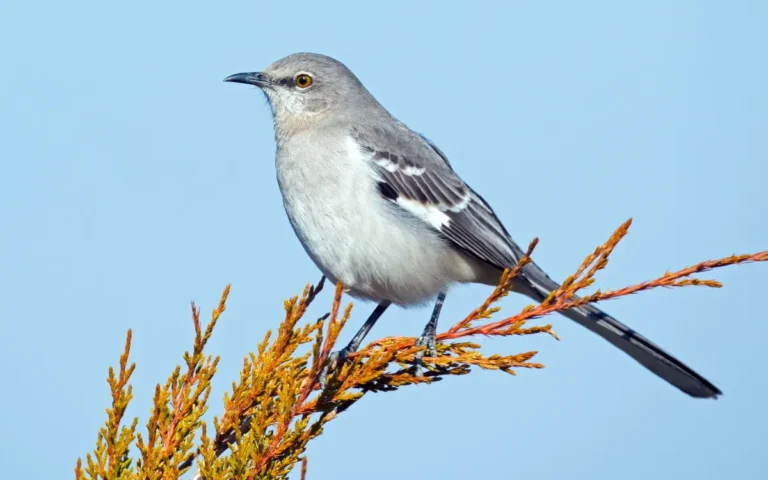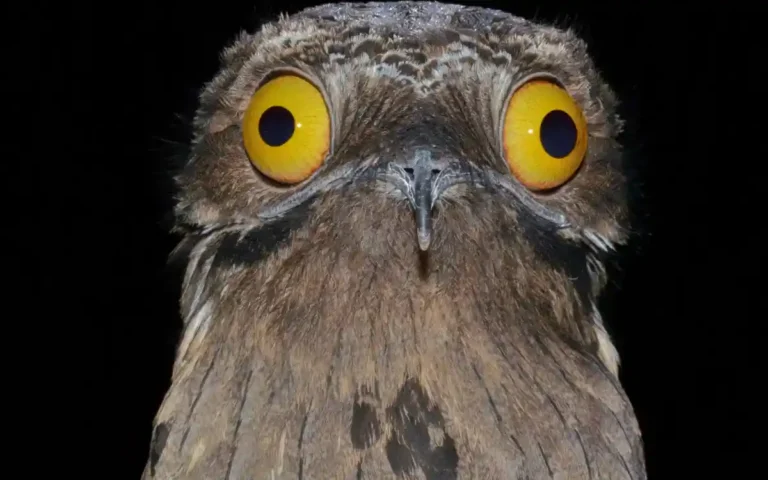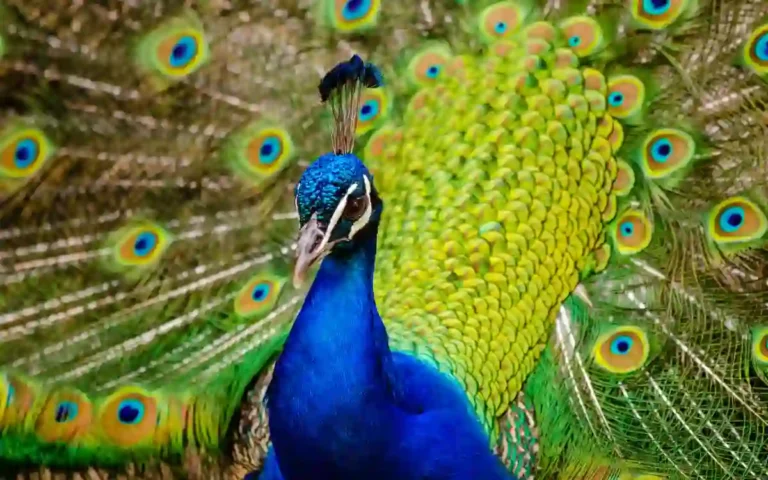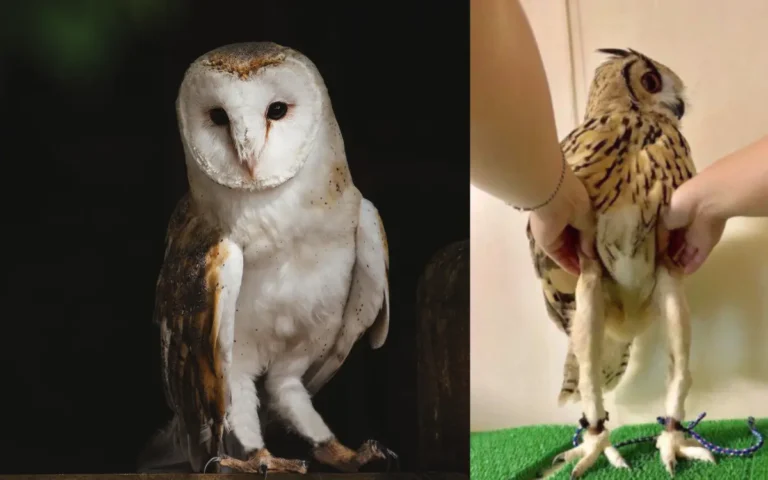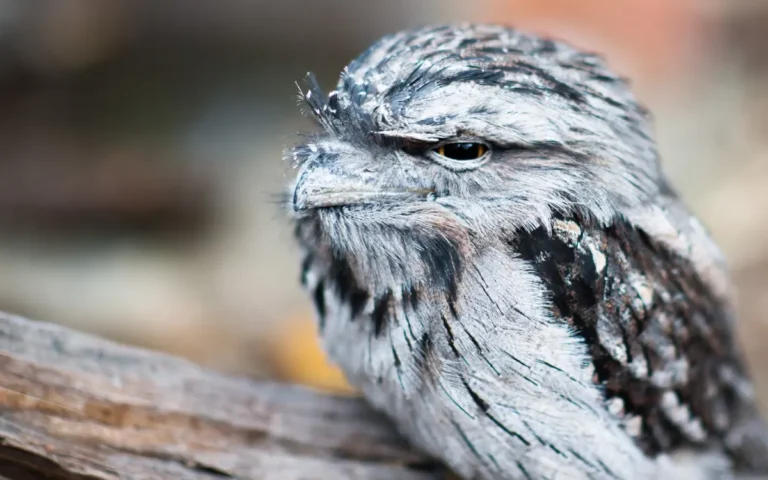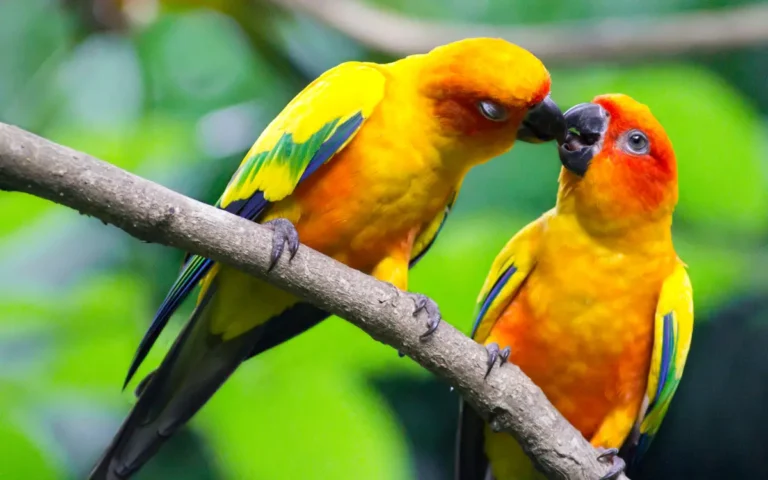kiwi bird fact: Your unknown
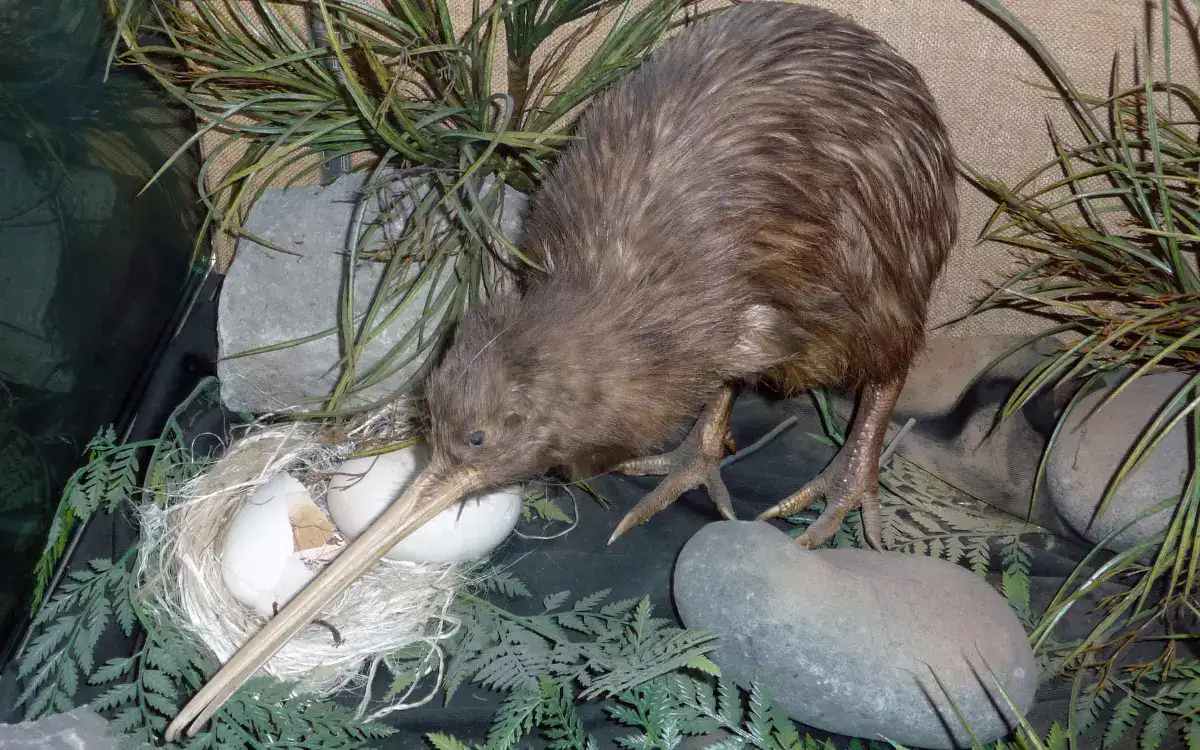
The kiwi bird is a rare and interesting creature native to New Zealand. Known for its special look, small size, brown feathers, and long beak, it’s different from any other bird. we have collected the best of 15 facts about kiwi birds below.
At-a-Glance: Facts About Kiwi Birds
- Tiny Beaks for Their Size: Kiwi birds have really small beaks compared to their body size. Their nostrils are at the end of their beaks, making them unique!
- Night Owls: Kiwis love the nightlife. They’re hard to find because they’re mostly out and about when it’s dark.
- Partners for Life: Kiwi birds stick with their chosen partner forever, showing us what true love looks like in the bird world.
- Huge Eggs: When it comes to egg size, kiwis break records! Their eggs are huge compared to their body size.
- What’s for Dinner?: Kiwis have a varied menu and love to eat lots of different things. They use their strong sense of smell to find food in the dark.
- Saving the Kiwis: Kiwis face many dangers, but people are working hard to protect them through special areas called sanctuaries and breeding programs.
- National Treasure: In New Zealand, the kiwi bird is a big deal and means a lot to the people there, including the Maori, who see the kiwi as a special symbol.
- Special Skills: Kiwis have some cool abilities like smelling well, which helps them get around in the dark since they can’t see very well.
- This Land is My Land: Kiwi birds don’t like to share their space. They let others know when they’re getting too close!
- Long Lives: Kiwis can live a long time, up to 60 years, whether they’re in the wild or in a zoo.
- Watch Out for Enemies: Sadly, kiwis have a lot of predators, especially animals brought to New Zealand by humans that kiwis aren’t used to.
- Looking Unique: With their fluffy feathers and strong legs, kiwis don’t look like your average bird.
- Variety Pack: There are five different types of kiwi birds, and they all need our help to survive.
- Human Impact: People haven’t always been kind to kiwis, but now there are efforts to help them recover and thrive again.
- Zoo Friends: Zoos around the world are helping to save kiwis by breeding them and teaching people about how important they are.
Habitat and Diet of the Kiwi Bird:
Kiwi birds live all over New Zealand, in forests, grasslands, and mountains. They are nocturnal, meaning they are active at night. Kiwis are omnivores, eating both plants and animals like insects, worms, and berries. What’s special about them is their strong sense of smell.
They use this to find food under the soil with their long beaks. This way of eating is different from other birds and helps keep their environment healthy by controlling pest populations and helping plants grow. Kiwis are unique and important to New Zealand’s nature.
Threats and Conservation Efforts:
Kiwi birds face big problems like predators (stoats, dogs, cats) and losing their homes due to land changes. People are working hard to save them through sanctuaries that offer safe places, breeding programs to help more kiwi chicks hatch, and teamwork by groups in New Zealand and globally. These efforts make sure kiwis have a better chance to live and grow.
Know all about – kiwi bird
Cultural Significance:
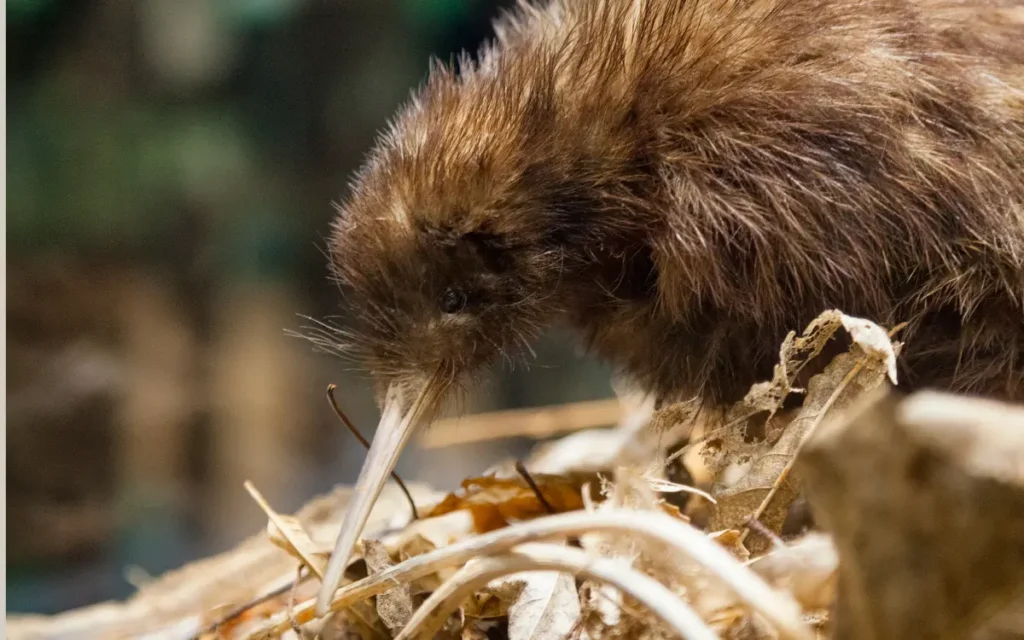
In New Zealand, the kiwi bird is not just a bird; it’s a national icon and a big part of the culture, especially for the Māori people. For Māori, the kiwi is a treasure, important in their stories and art. It’s also used in special cloaks made from kiwi feathers, showing respect and leadership.
The name “Kiwi” comes from World War I, when New Zealand soldiers were called “Kiwis” because they had kiwi bird symbols on their uniforms. This nickname stuck, and now Kiwi is a proud name for people from New Zealand.
Learning about kiwi birds can be as interesting as discovering Potoo Facts, showing how much nature is woven into New Zealand’s culture.
Some FAQS about kiwi bird :
Q: What is special about a kiwi?
Ans: Kiwi birds are unique because they are flightless, have hair-like feathers, and a long, slender bill with nostrils at the tip, which is unusual for birds.
Q: Why is the kiwi bird famous?
Ans: The kiwi bird is famous for being the national symbol of New Zealand and for its distinctive appearance and behavior.
Q: Why is it called the kiwi bird?
Ans: The kiwi bird is named after the kiwi fruit because they share a similar appearance – small, brown, and fuzzy.
Conclusion:
kiwi bird facts reveal the incredible nature of these rare birds. They’re also a big part of New Zealand culture and are considered a national symbol. Protecting the kiwi is important as they face threats from habitat loss and predators.

